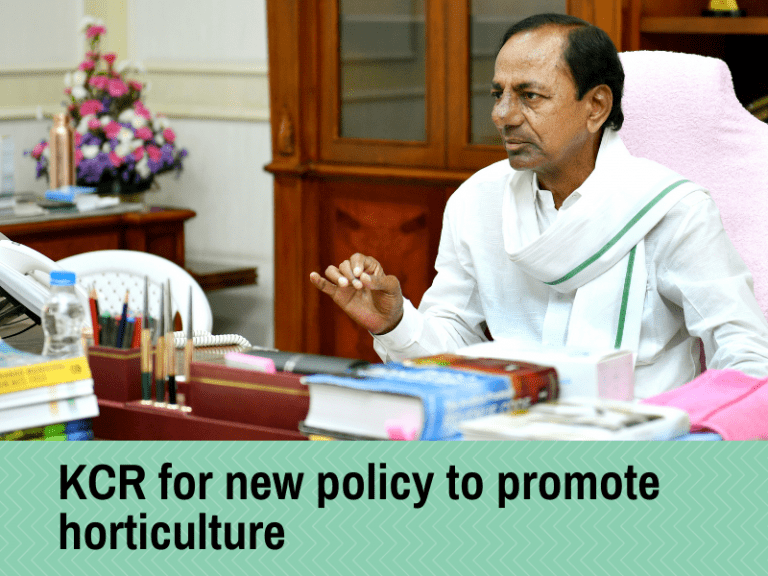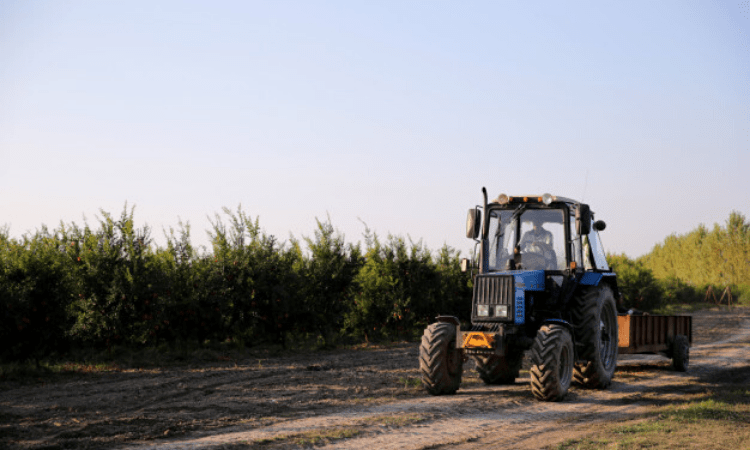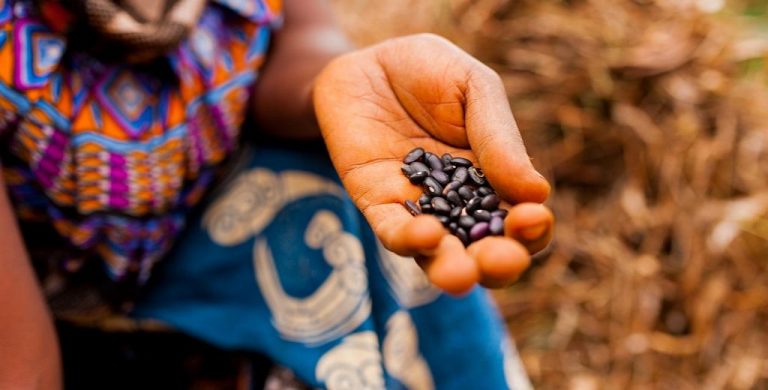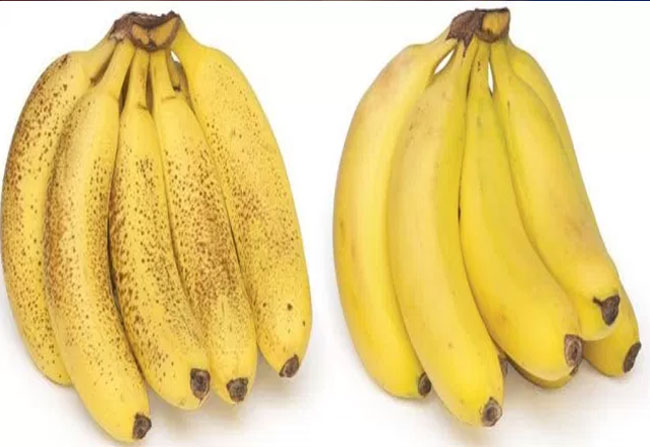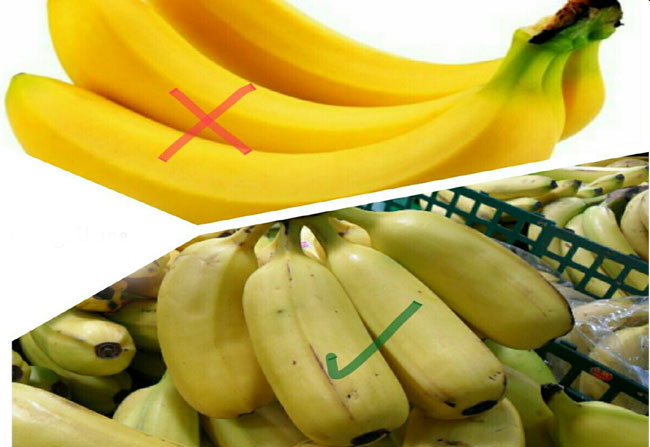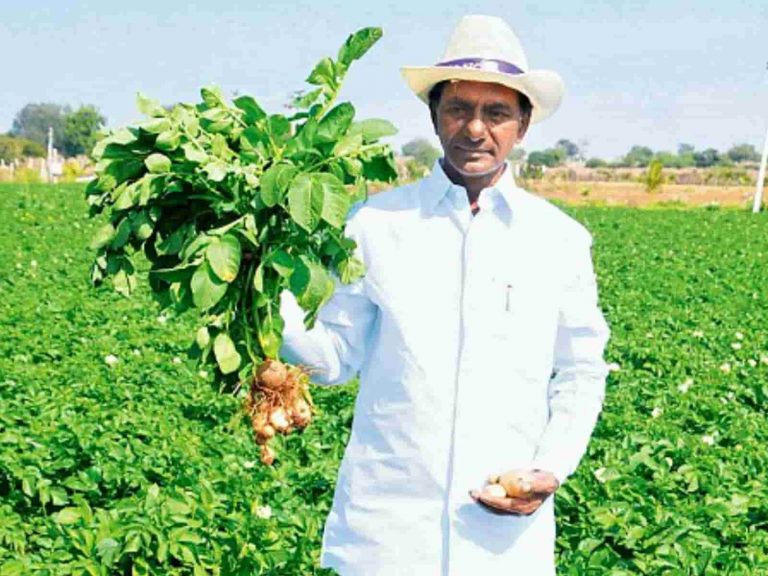Telangana: CM K Chandrashekhar Rao directed the Agriculture Department officials to formulate a horticulture policy taking into account the soil and climatic conditions in the State as well as its history, heritage, and requirements.
“Visit other regions and prepare a comprehensive policy within three months. Within one year, there should be revolutionary changes in the cultivation of horticulture crops,” the CM directed officials on Friday.
For promoting horticulture crops on a large scale, he emphasized the need for encouraging research activities and suggested strengthening Konda Laxman Bapuji Horticulture University in the State.
Besides reorganizing the Horticulture Department and strengthening it with additional staff, he asked the officials to take all measures to protect the agricultural markets in the State irrespective of the new farm laws introduced by the Union government.
At a high-level meeting at Pragathi Bhavan here on Friday, the Chief Minister announced the establishment of a Centre of Excellence in 300 acres on the campus of Prof Jayashankar Telangana State Agricultural University.
The objective is to develop and promote modern cultivation methods for horticultural crops in the State. Necessary funds will be allocated in the forthcoming budget for improving the infrastructure of the Horticulture University and strengthening it further.
He wanted the authorities to increase the number of seats available in the agricultural polytechnic colleges at Vantimamidi and Ramagiri Khila.
He said irrespective of the new farm laws of the Centre, there was a need for taking measures for protecting the agricultural markets in the State.
In view of the increased responsibilities, Chandrashekhar Rao emphasized the need for reorganisation of the Horticulture Department by decentralising the work.
In addition to the existing Commissioner of Horticulture, he suggested the appointment of four senior officers as in-charges for handlings issues pertaining to the cultivation of fruits and orchards, vegetables, palm oil, and other horticultural crops.


